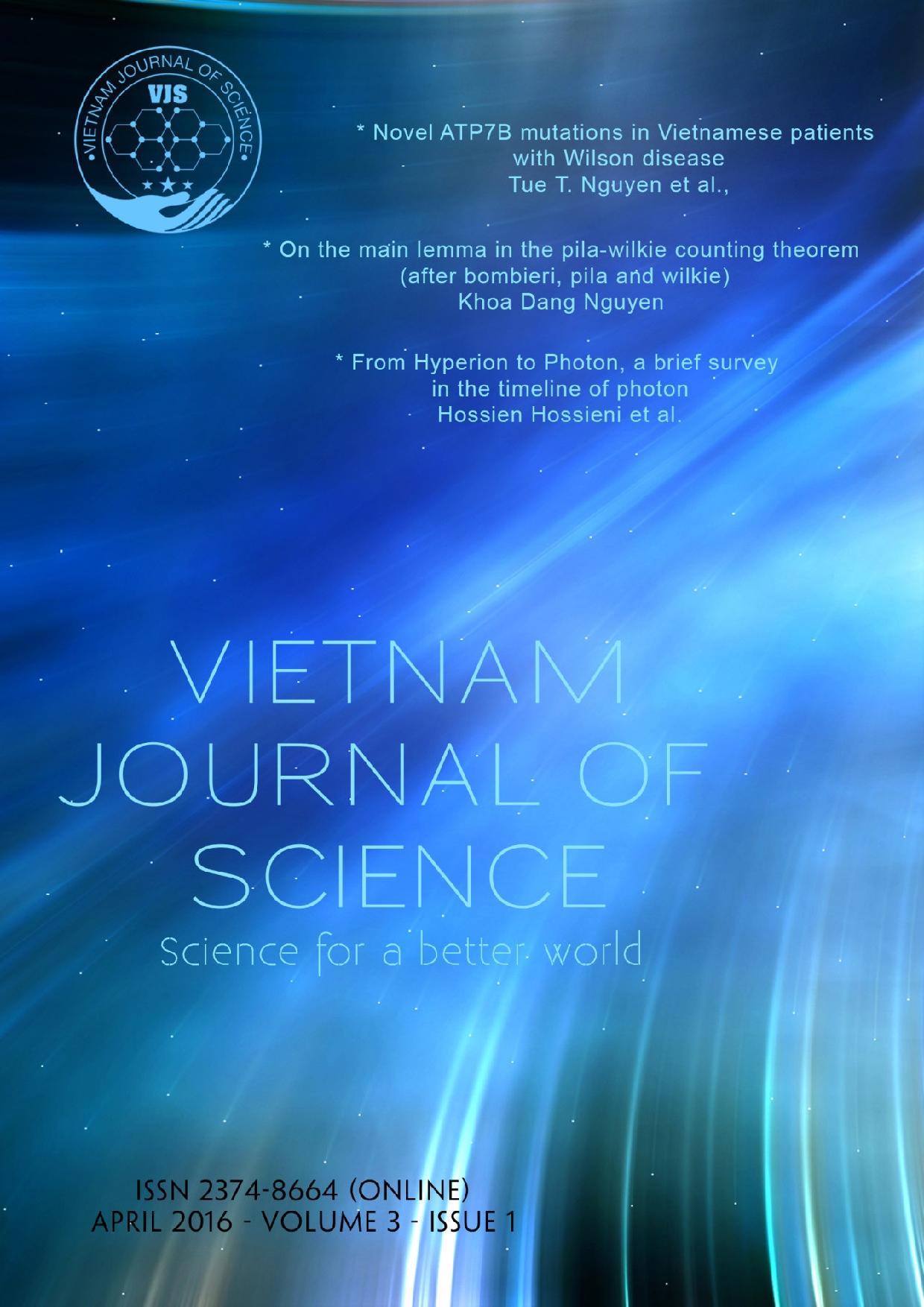Hongjun Li *1, Miguel Barão1, 2, Luís Miguel Rato1
1Department of Informatics, University of Evora, Evora, 7004-516, Portugal
2Control of Dynamical Systems Group, INESC-ID, Lisboa, 1000-029, Portugal
Corresponding author: Hongjun Li (li.hongjun@foxmail.com)
Abstract
Robot mapping is the basic work for robot navigation and path planning. Static map is also important to deal with dynamic environment. Occupancy grid maps are used to represent the environment. This paper focuses on the dependence between grid cells. We assume that if one point of the map is free, then the neighbors are likely to be free. This knowledge is encoded in a Markov random field (MRF) that is used as our prior belief about the world. Data from range sensors will then update our knowledge. By maximizing the posterior distribution of MRF model, a linear filter is generated. It can be used to filter the noise in observations or static maps. This linear filter can be implemented online. It is also additive if the sensor model is in the log odds form.
Keywords: MRF, occupancy grid maps, robot mapping


